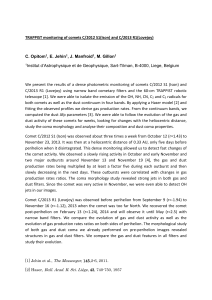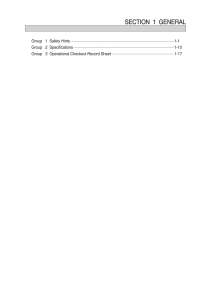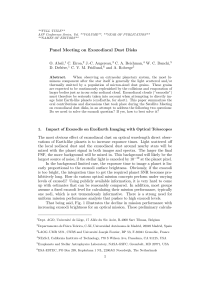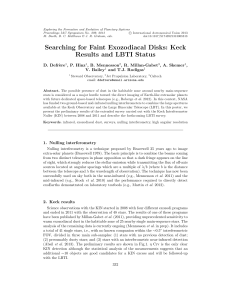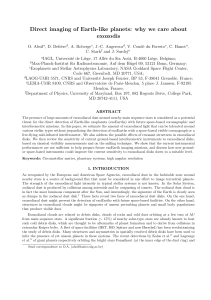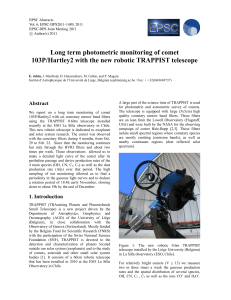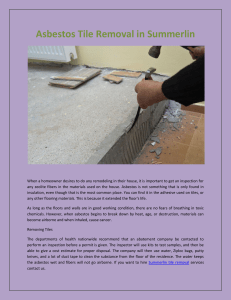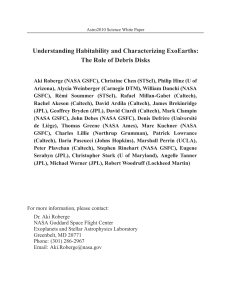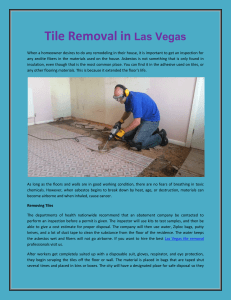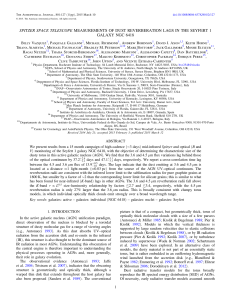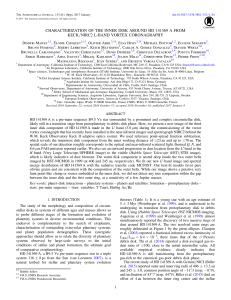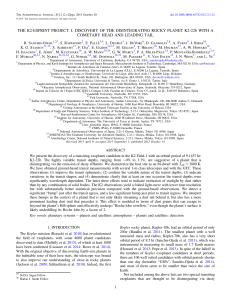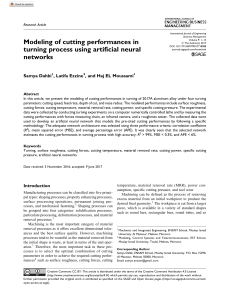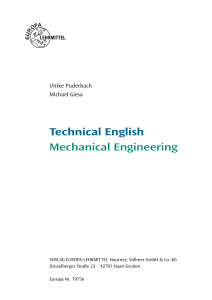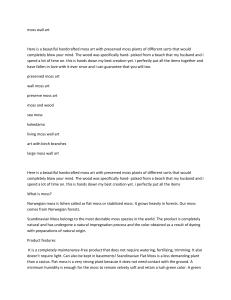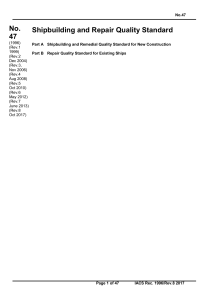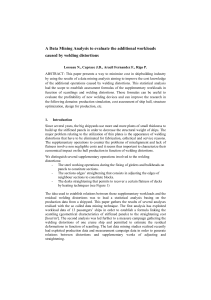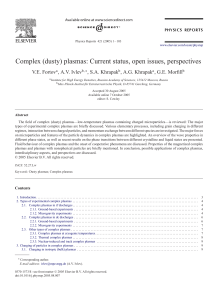LARSEN AND TOUBRO LIMITED
publicité
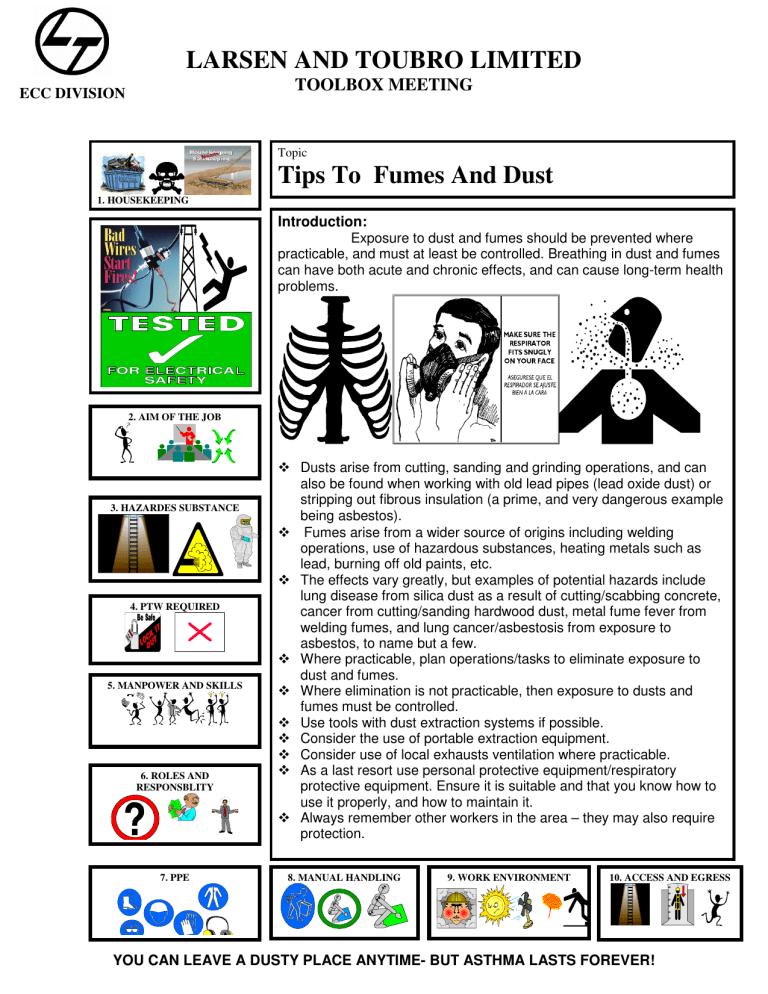
LARSEN AND TOUBRO LIMITED TOOLBOX MEETING ECC DIVISION Topic Tips To Fumes And Dust 1. HOUSEKEEPING Introduction: Exposure to dust and fumes should be prevented where practicable, and must at least be controlled. Breathing in dust and fumes can have both acute and chronic effects, and can cause long-term health problems. 2. AIM OF THE JOB 3. HAZARDES SUBSTANCE 4. PTW REQUIRED 5. MANPOWER AND SKILLS 6. ROLES AND RESPONSBLITY 7. PPE Dusts arise from cutting, sanding and grinding operations, and can also be found when working with old lead pipes (lead oxide dust) or stripping out fibrous insulation (a prime, and very dangerous example being asbestos). Fumes arise from a wider source of origins including welding operations, use of hazardous substances, heating metals such as lead, burning off old paints, etc. The effects vary greatly, but examples of potential hazards include lung disease from silica dust as a result of cutting/scabbing concrete, cancer from cutting/sanding hardwood dust, metal fume fever from welding fumes, and lung cancer/asbestosis from exposure to asbestos, to name but a few. Where practicable, plan operations/tasks to eliminate exposure to dust and fumes. Where elimination is not practicable, then exposure to dusts and fumes must be controlled. Use tools with dust extraction systems if possible. Consider the use of portable extraction equipment. Consider use of local exhausts ventilation where practicable. As a last resort use personal protective equipment/respiratory protective equipment. Ensure it is suitable and that you know how to use it properly, and how to maintain it. Always remember other workers in the area – they may also require protection. 8. MANUAL HANDLING 9. WORK ENVIRONMENT 10. ACCESS AND EGRESS YOU CAN LEAVE A DUSTY PLACE ANYTIME- BUT ASTHMA LASTS FOREVER!
